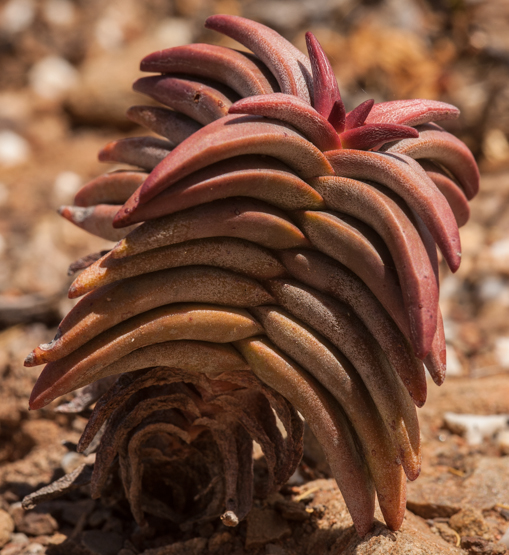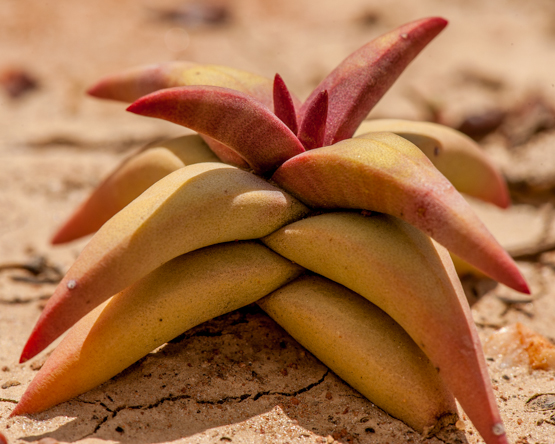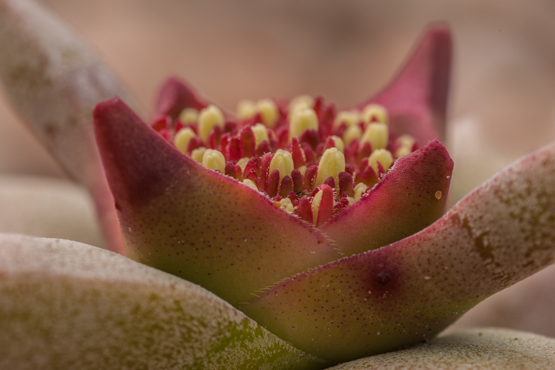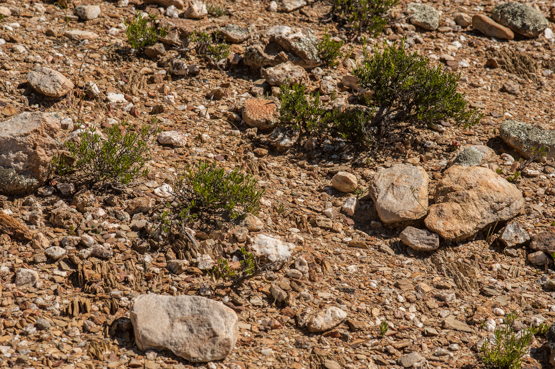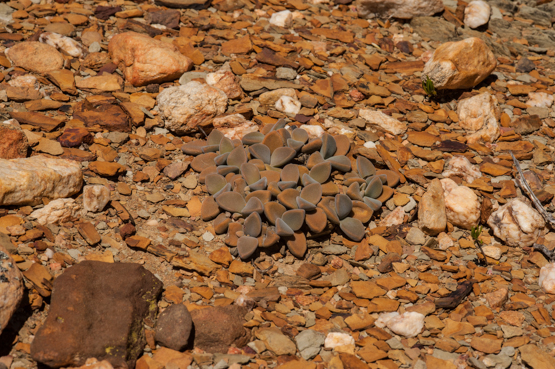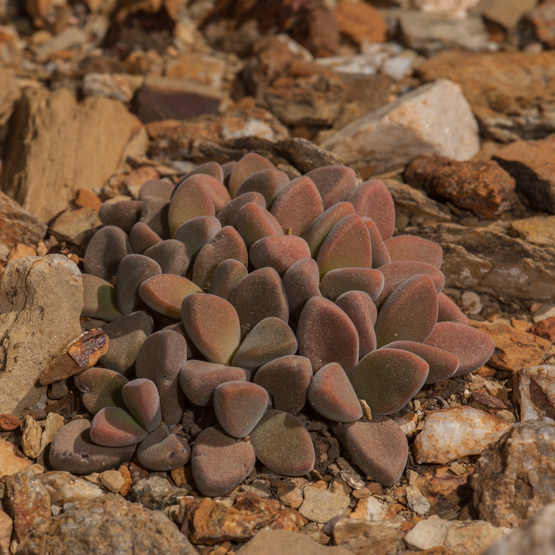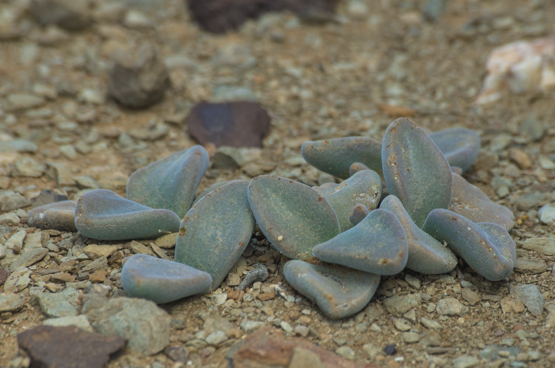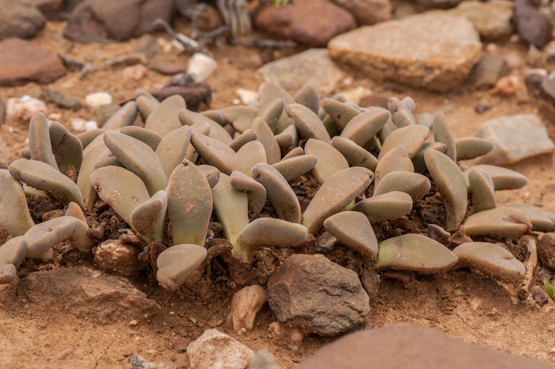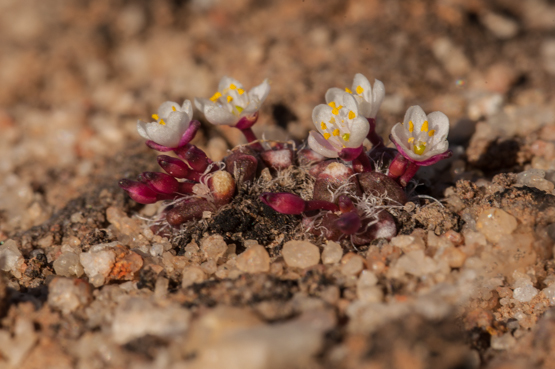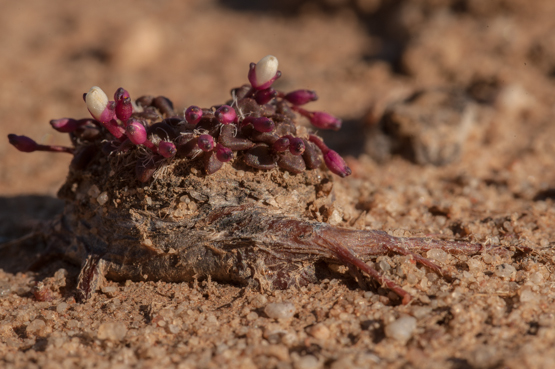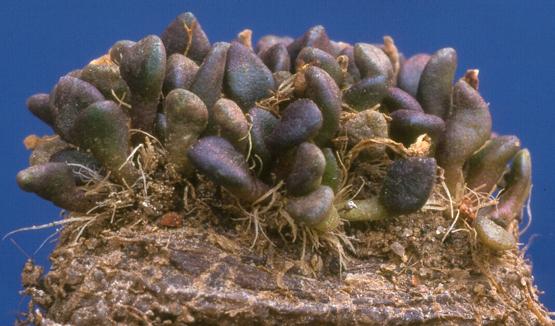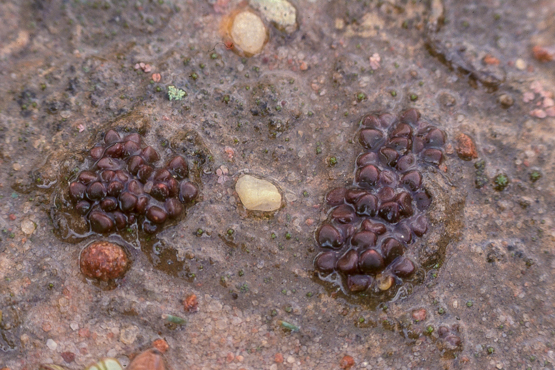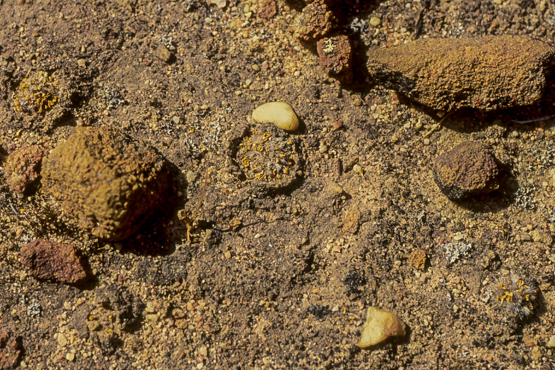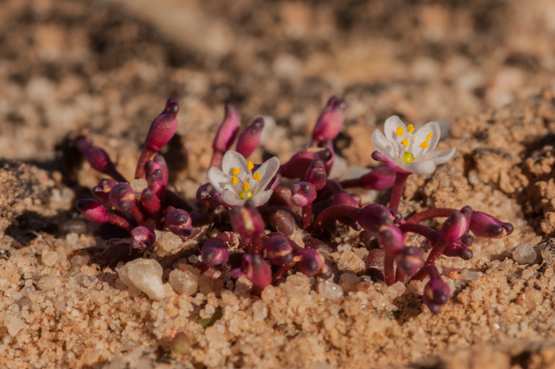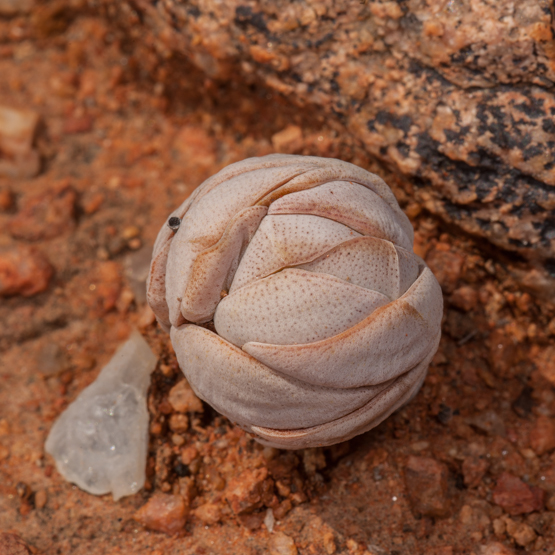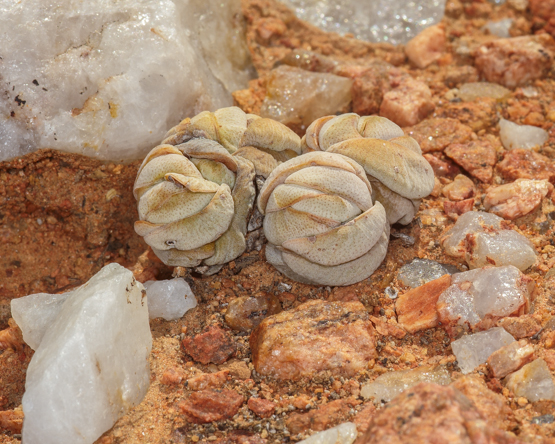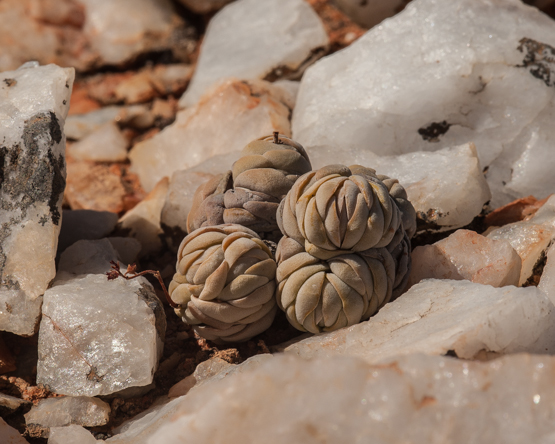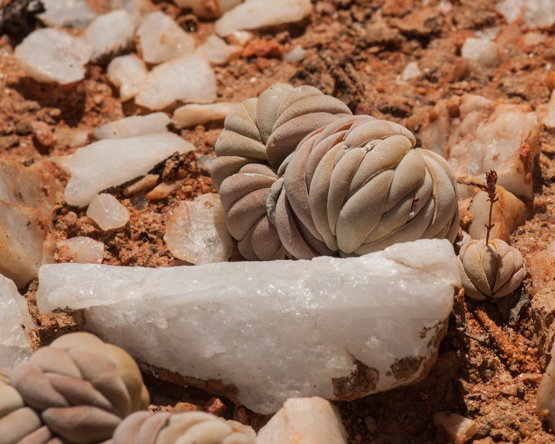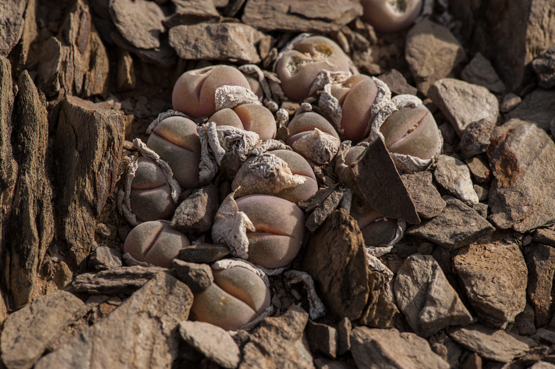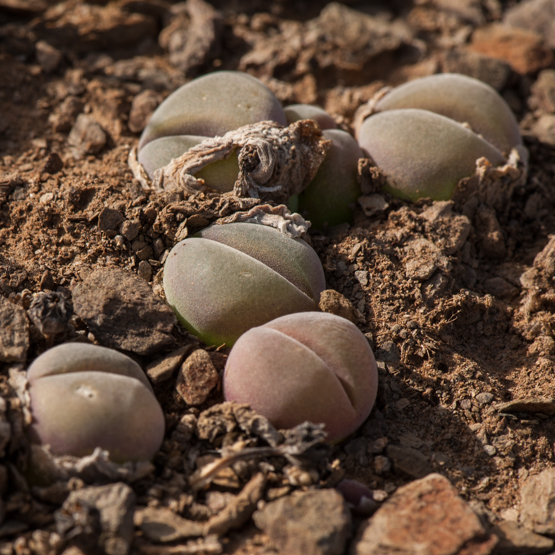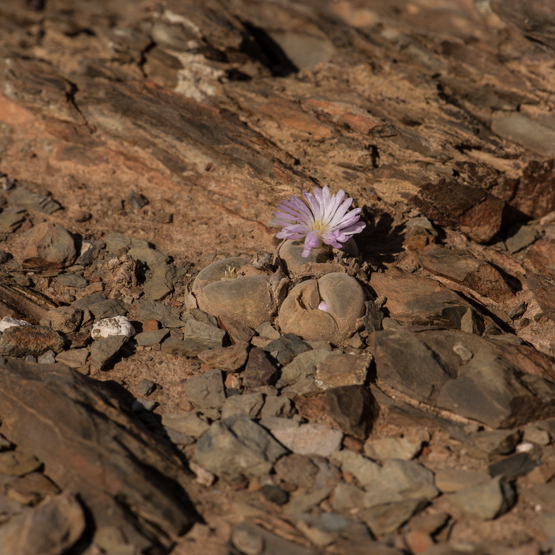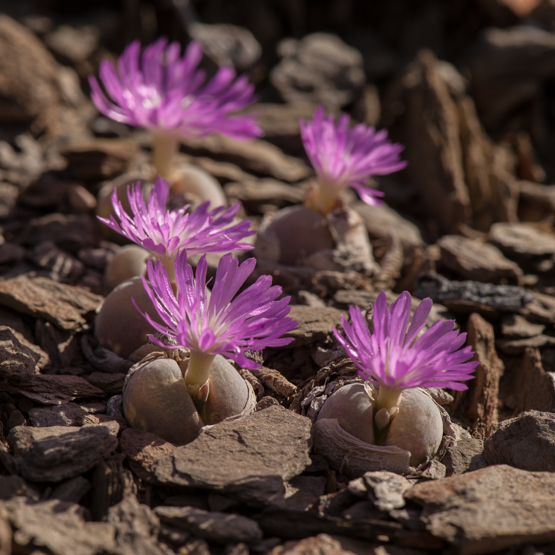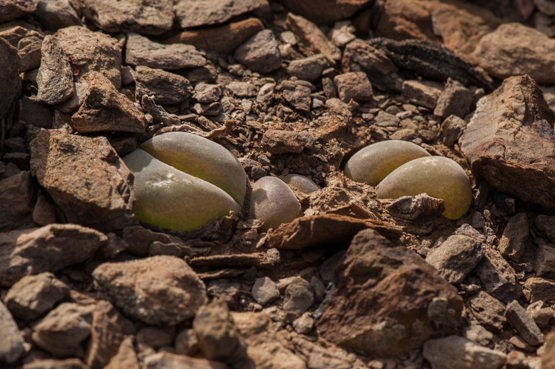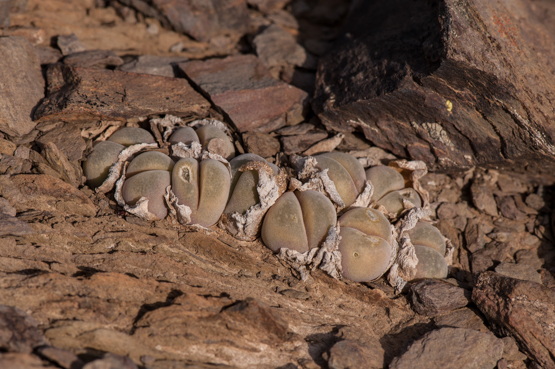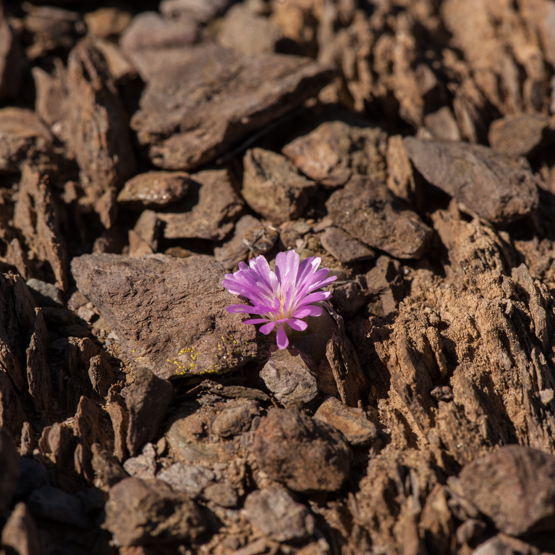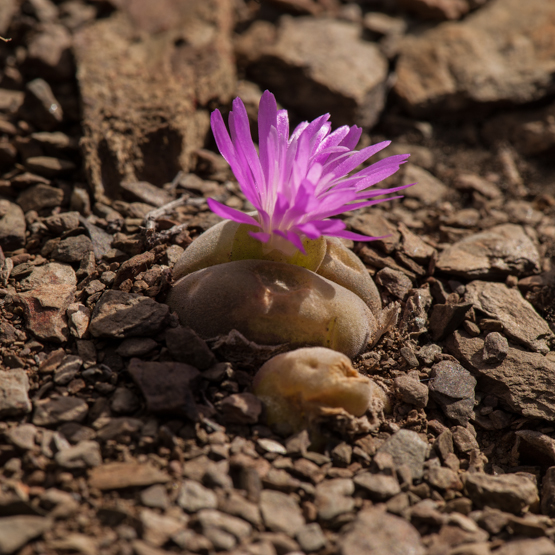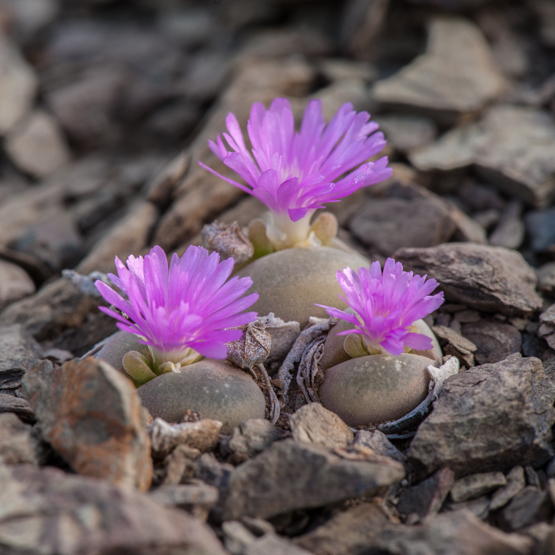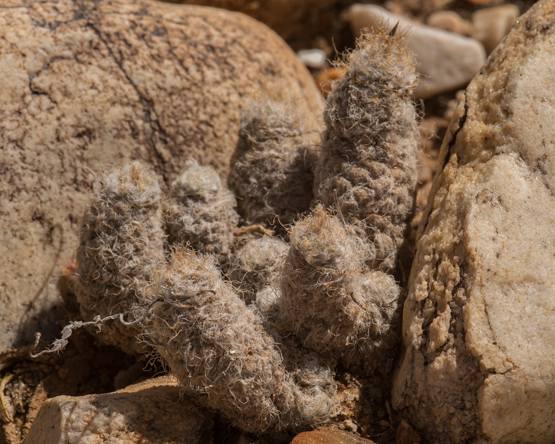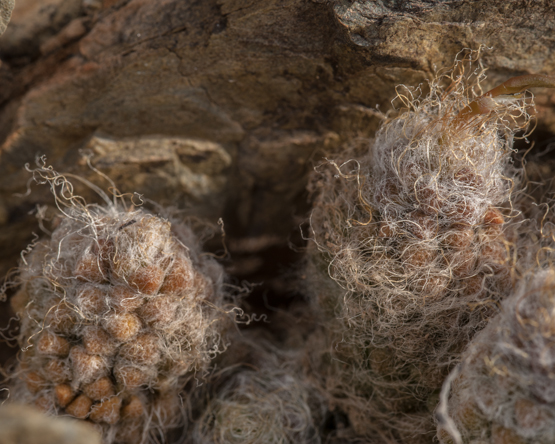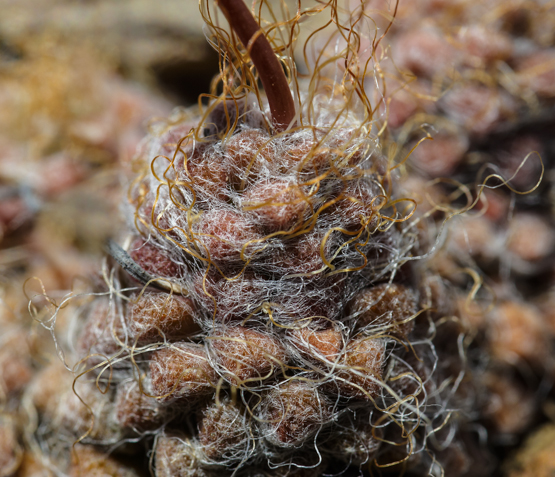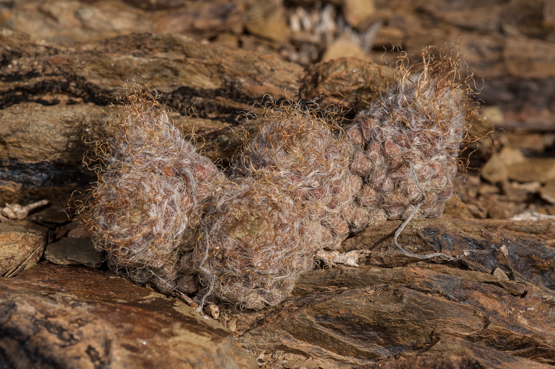In 1985, Volume 14 of the Flora of southern Africa was published, in which H. R. Toelken dealt with the familie Crassulaceae. His description of Crassula congesta starts with the word “Biennials”. In other words, plants that germinate and grow in the first year, and flower and set seeds in the second year, after which they die.
So far so good, but … A couple of years before (1977), “A revision of the genus Crassula in southern Africa” by the same botanist had been published by the Bolus Herbarium. In this publication it is stated that:
“These plants are described as biennials but this is true only under favourable conditions. In the field, the plants often become much older before they flower but usually the whole plant dies after flowering. The plants are usually monocarpic * but regeneration after flowering may sometimes occur, but usually only when the plant has been injured and/or if the terminal inflorescence was cut of”.
* A monocarpic plant flowers only once and then dies after the seeds have ripened.
There are two subspecies:
ssp. congesta, which has leaves that are curved upwards and is found North and Northeast of the Witteberge and
ssp. laticephala, with the leaves curved downwards and occurring Southeast of that mountain range, as far East as Oudtshoorn.
In this post only pictures of the latter subspecies are shown.
